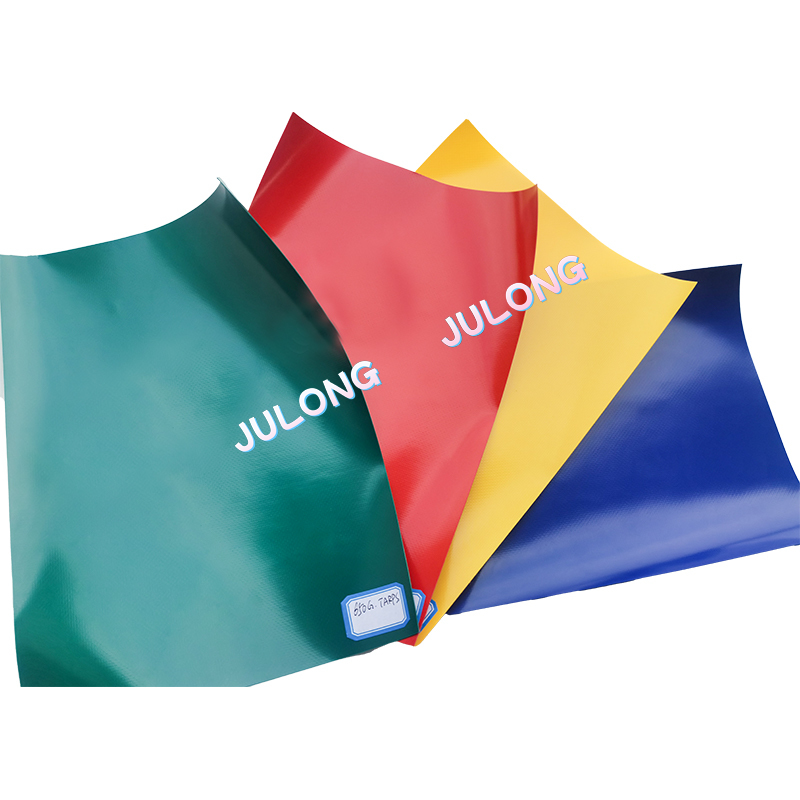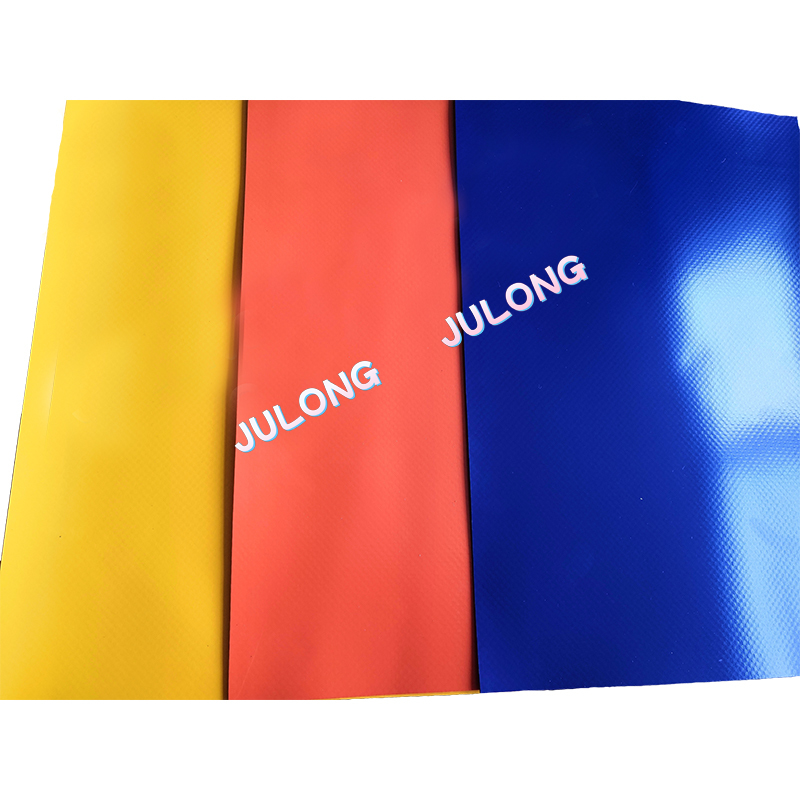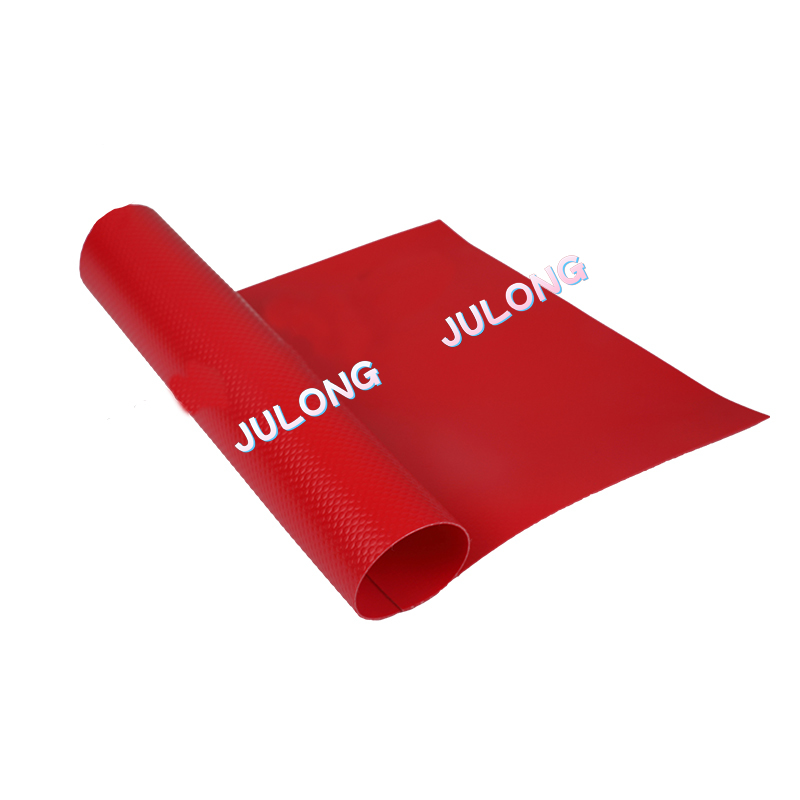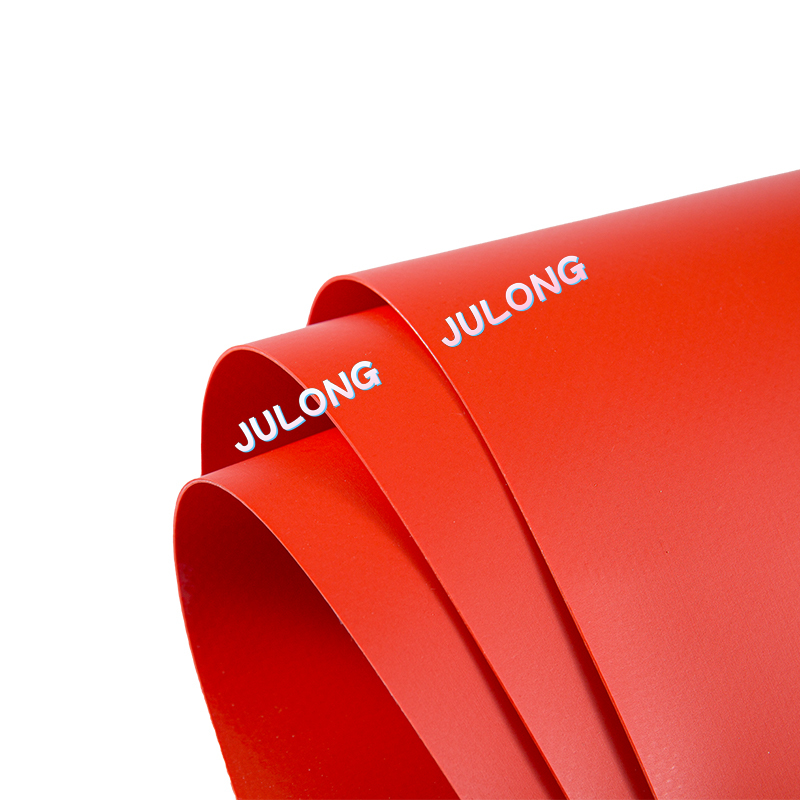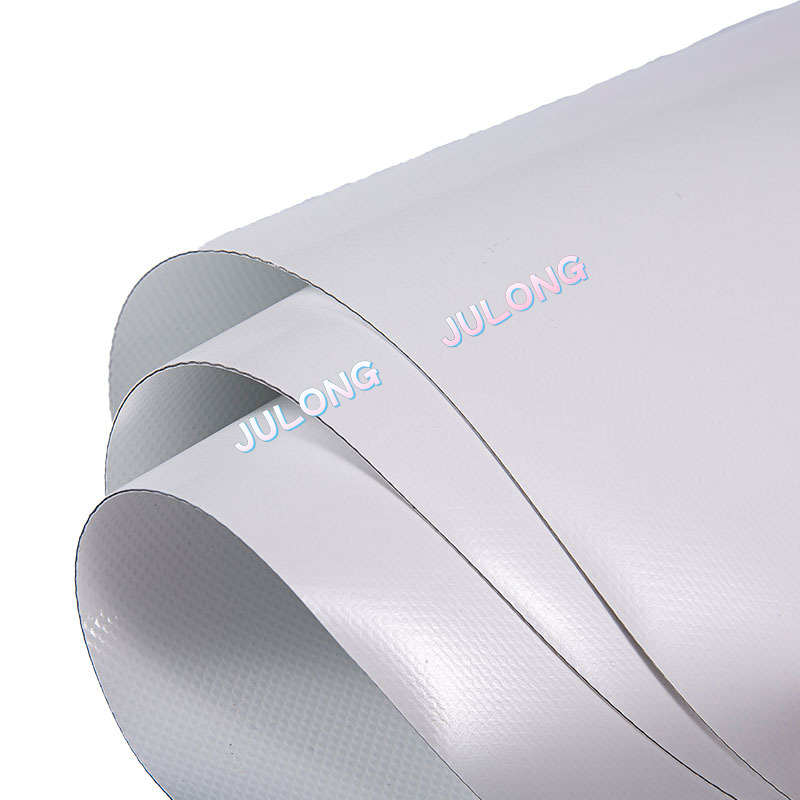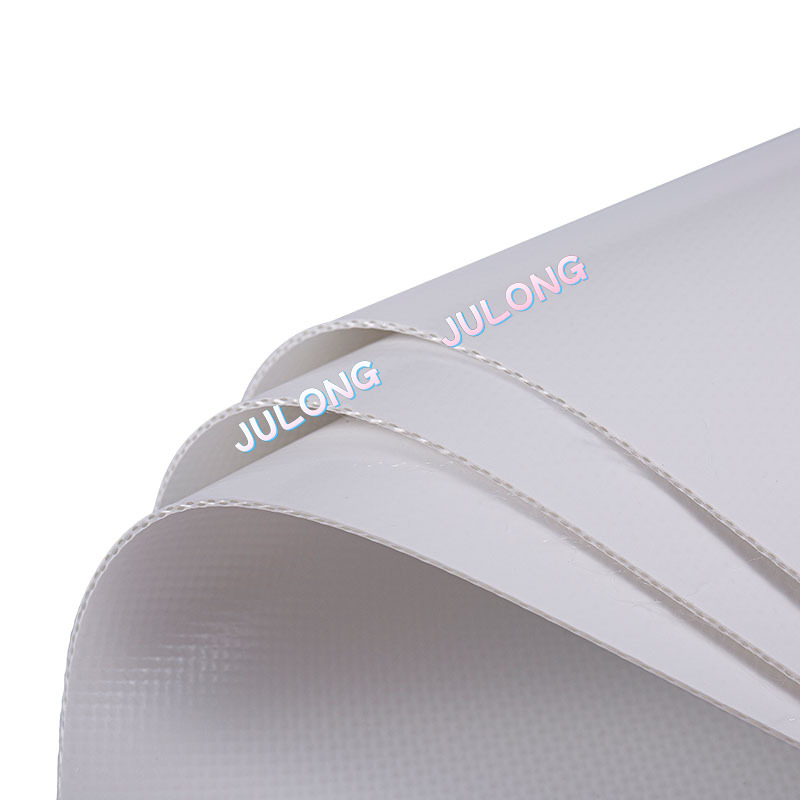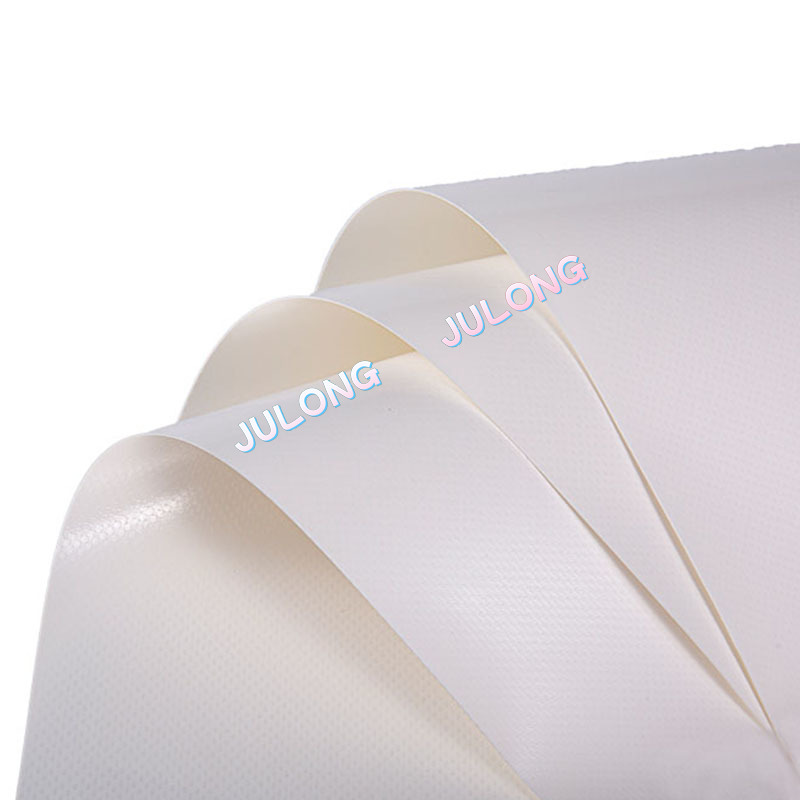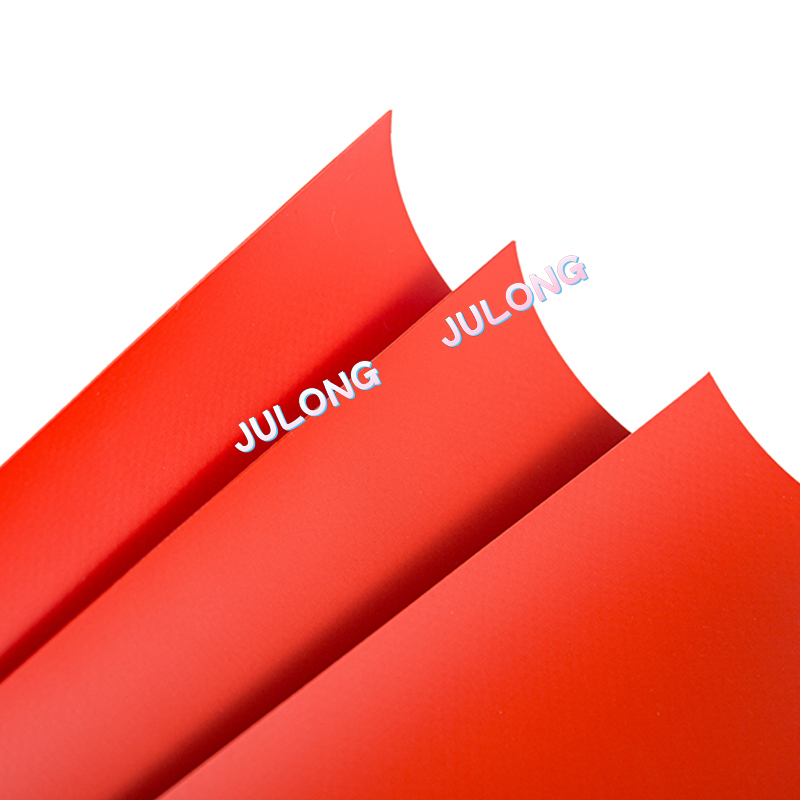Regardless of the size, scope, or location of your project, there are a number of advantages to using PVC-coated fabric membranes. These include:
Flexible Design Aesthetics - Due to their flexibility, architectural fabric structures allow designers and architects the opportunity to create one-of-a-kind, eye-catching and high-profile buildings that incorporate sweeping lines and high peaks. This type of structure can also be easily fabricated into a variety of designs and sizes.
Color Matching - Because PVC-coated fabrics are available in a large array of colors, it is easy to coordinate them with other building materials such as wood, steel, or bricks. This allows for a unique and distinctive aesthetic that reflects the building owner's desired look.
Low Maintenance – Unlike fiberglass structures, tensile membrane structures are low maintenance and require little to no repair. This is primarily due to the fact that they can be easily welded into large panels and rolled out on site for installation.
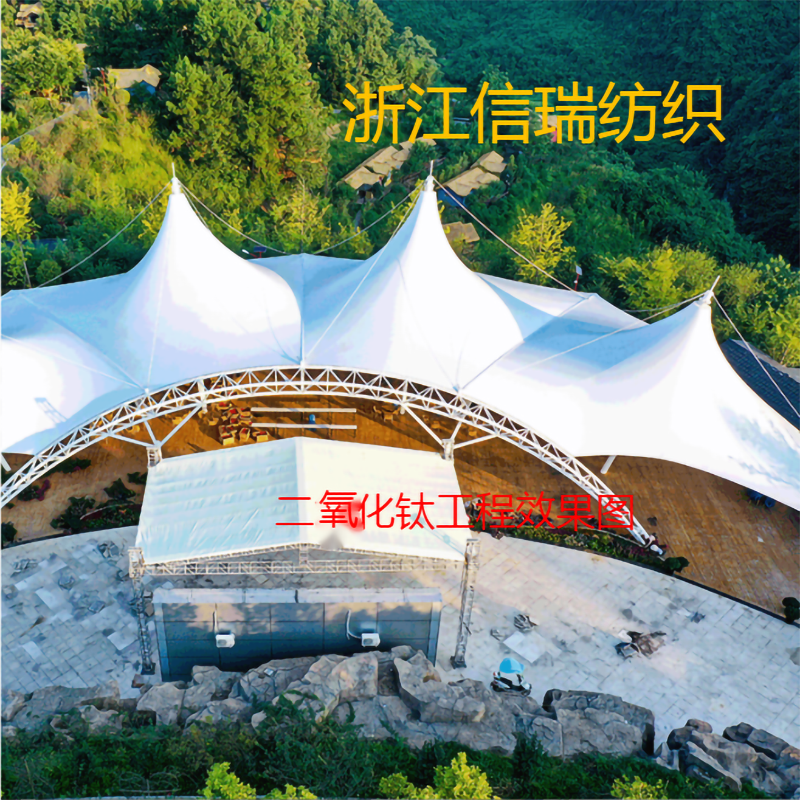
Excellent Durability – With the proper coatings, tensile membranes can be engineered to withstand harsh and extreme weather and climates. This makes them ideal for use in projects where long-term durability is required.
Self-cleaning – The woven fibers of a tensile membrane will naturally drain off water during rainy periods. This prevents the formation of water droplets on the surface and ensures the waterproofing properties of a fabric roof are not compromised.
This means that there is no need to apply an additional layer of waterproofing product on top of the existing PVC-coated membrane. This reduces the cost of installing the new roof while increasing the longevity of the building.


 English
English عربى
عربى